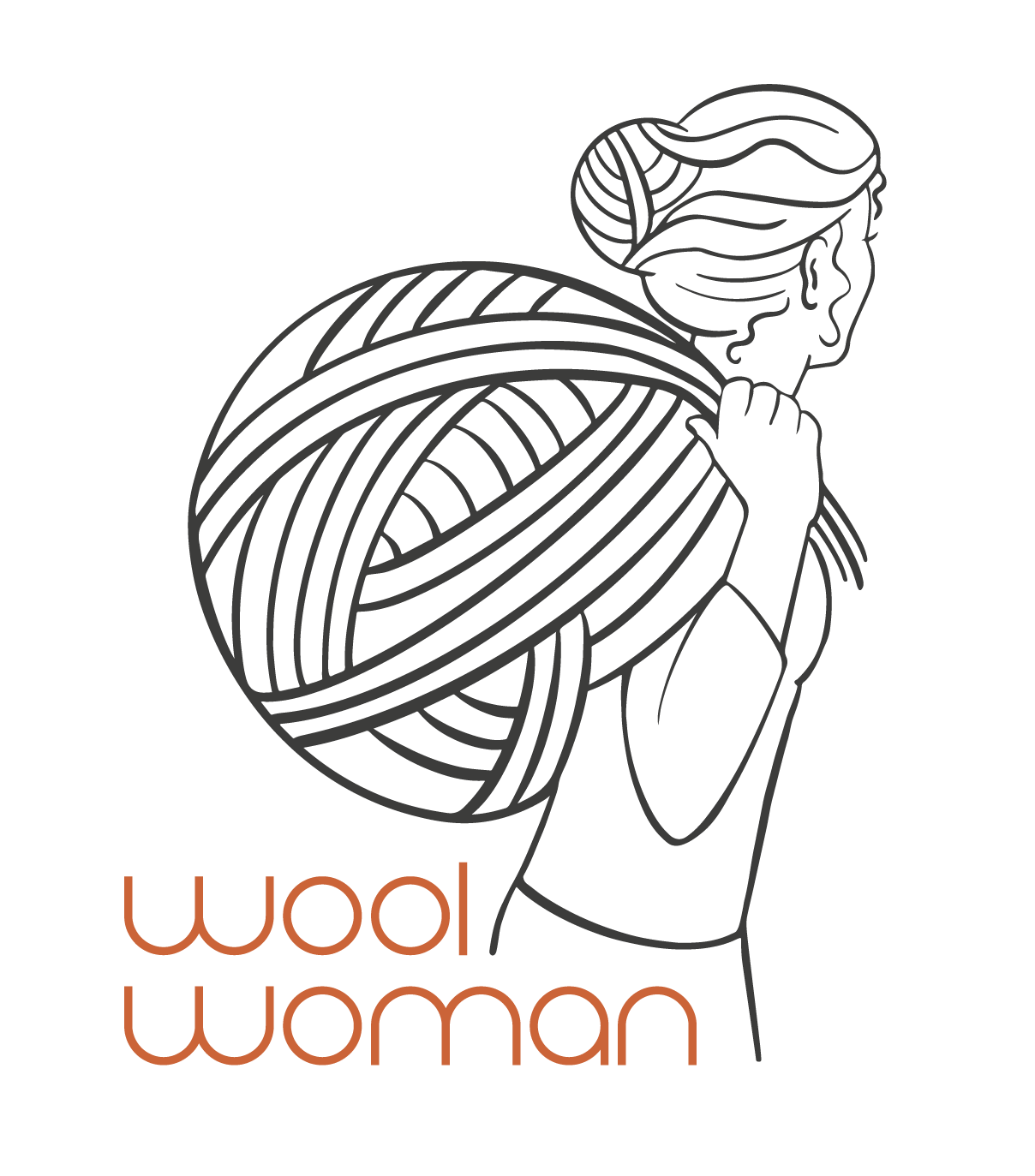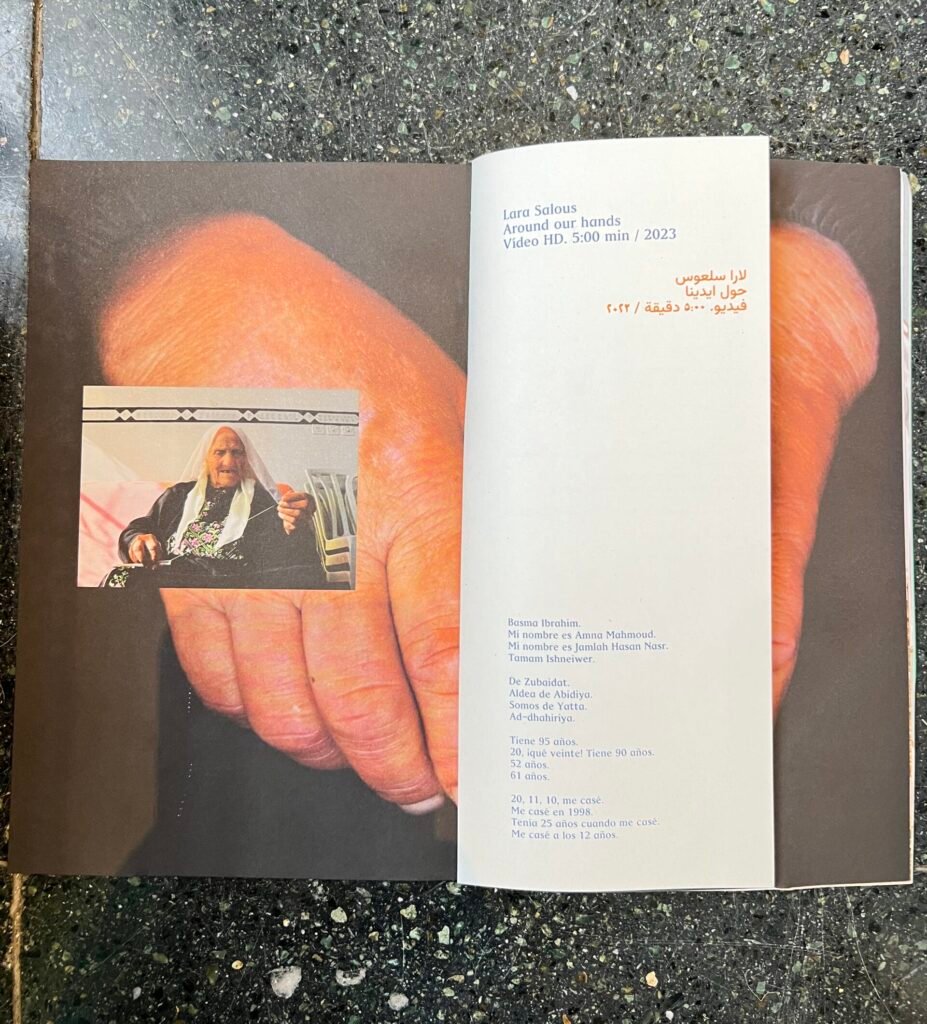During my art residency in Titanik and HIAP . I created a multimedia art installation titled ‘If Only We Could Bury Our City’,
presenting my ongoing research on traditional weaving techniques from Palestine. The artwork is built on a dialogue between archival references and interviews conducted with the surviving Palestinian weaver, @majdalawifabric Hussam Zaqout. Who carries on the history of his father Rafiq, who was forcibly evacuated from Al-Majdal city following Al-Nakba. Rafiq insisted on teaching Hussam the Majdalawi weaving so that the tradition could continue.

The story is about an ancient cloth roll that Hussam got after it had been circulated among multiple weavers. The story shows one aspect of the reality of survival and the Israeli deliberate erasure of Palestinians and their lives. The video is screened in front of the traditional warp of Majdalwi Fabric installation. A third audio sound art plays in the background of the installation echos with the rhythmic sound of the loom shuttle, covered with Farid Al-Atrash song, and kids playing around.
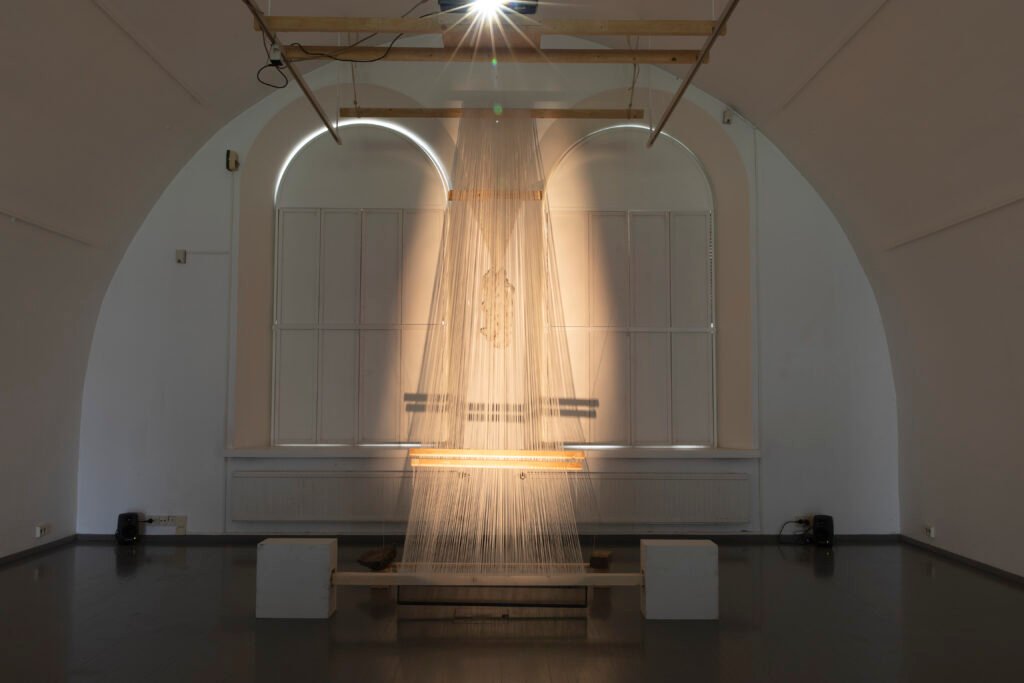
This project is a continuation of my research I began last year: What do we know about Palestinian textiles? My artistic investigation developed further through the Tadafuq program, and I had the opportunity to realise and present this part of the work during my residency at HIAP Open Studios, a Joint program with the Titanik Gallery in Turku. I’m grateful to the Finnish-Palestinian Sumud Foundation for supporting my residency.
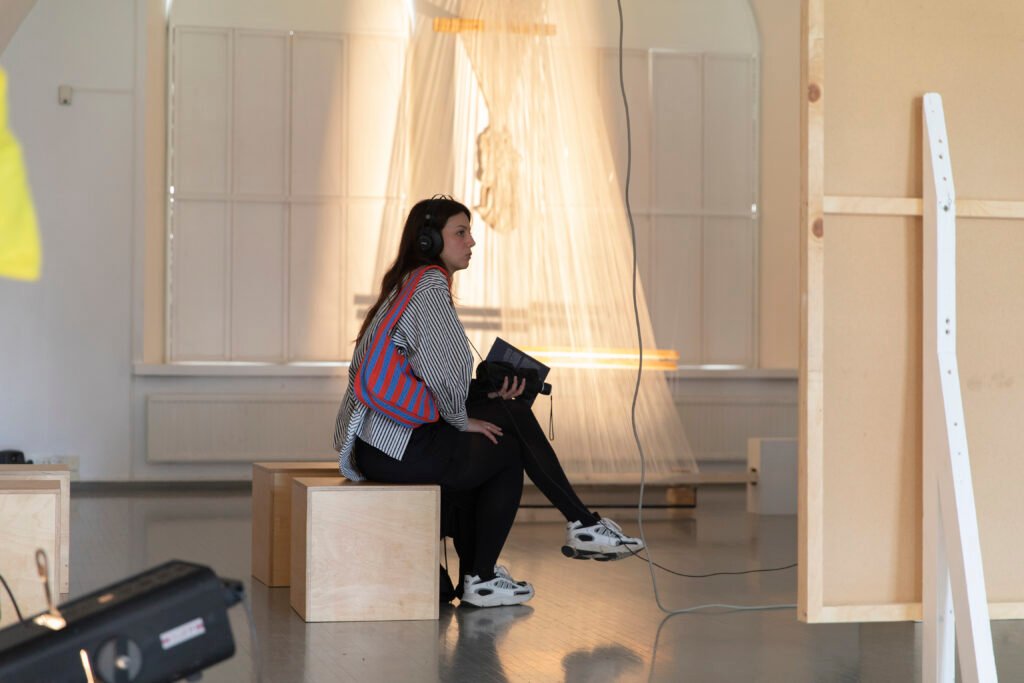
As art curator Micol Curatolo says; Conversations with elders and fellow weavers are at the core of Lara Salous’ work. Learning from their knowledge and stories, Salous is gathering, documenting and bringing back to life traditional crafts and local materials that have been systematically destroyed by Israeli occupation for almost eighty years. Salous’ artistic practice finds new visual and expressive forms for these traditions, which are mostly preserved through intergenerational memory. Yet, the artist questions if memory suffices in the face of such violence. This artwork is the first one out of this research, and I am continuing the realisation of this research outcome.
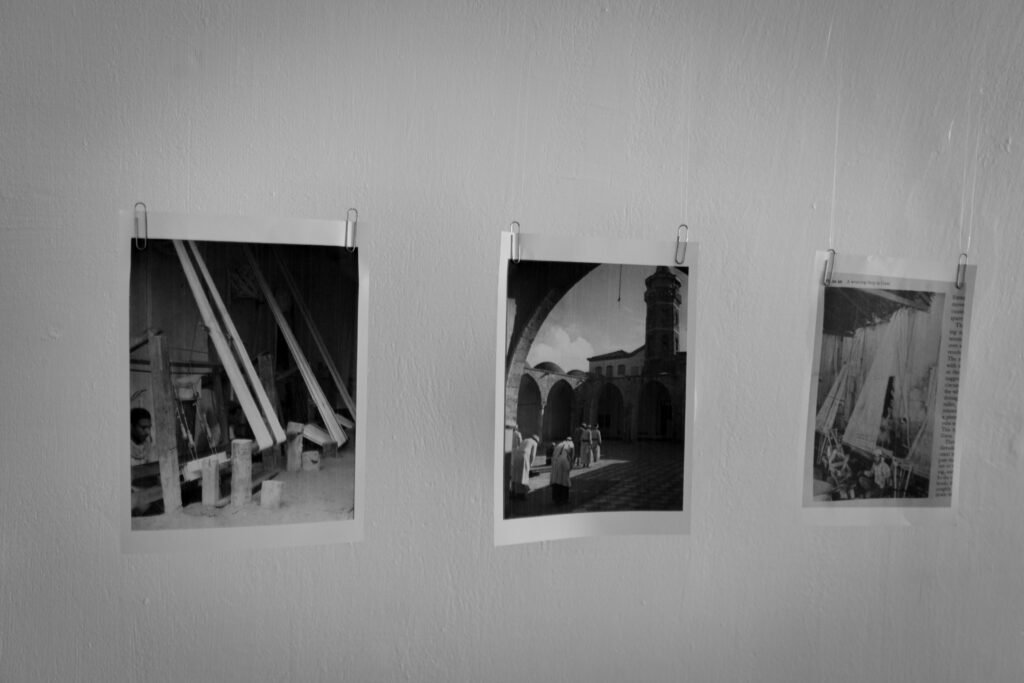
Thanks to art curators Marta Ramos-Yzquierdo, Micol Curatolo and Farbod Fakhrazadeh with whom I discussed my work in depth.
